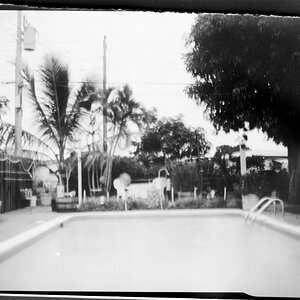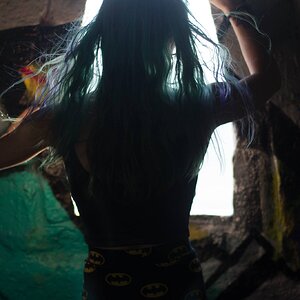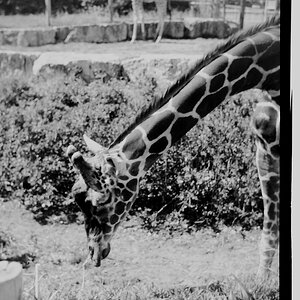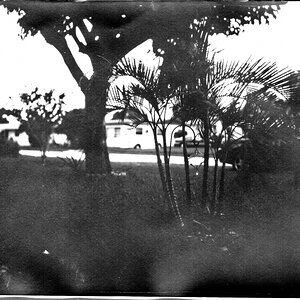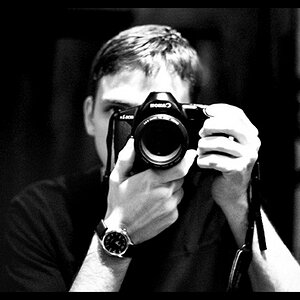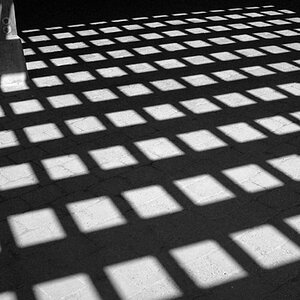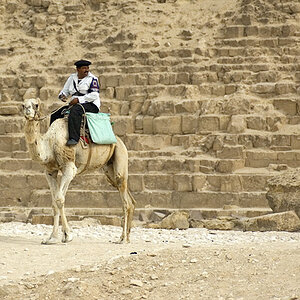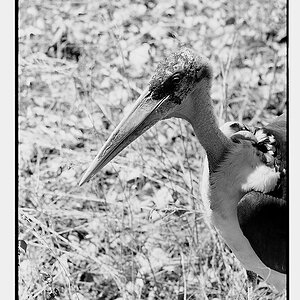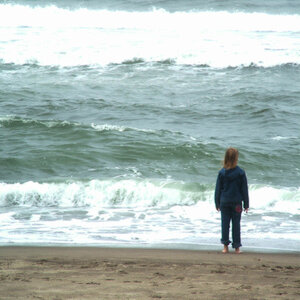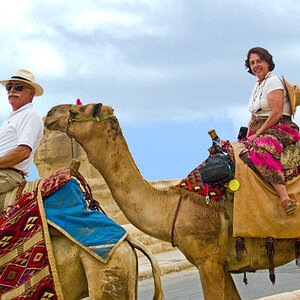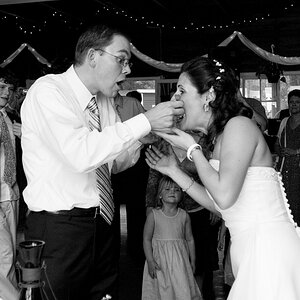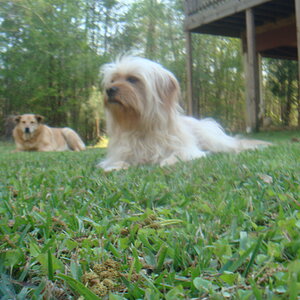dbvirago
No longer a newbie, moving up!
- Joined
- Oct 29, 2012
- Messages
- 470
- Reaction score
- 124
- Location
- Dunwoody, Georgia
- Website
- www.brooksimages.com
- Can others edit my Photos
- Photos OK to edit
Before I got my PW, I had an older version of this Flashpoint 4 Channel Radio Remote Control, 65ft Range A22
For $30 it worked great (I think I paid $50 5 years ago). Range isn't great, but if that's not a consideration, it's a good starting point.
For $30 it worked great (I think I paid $50 5 years ago). Range isn't great, but if that's not a consideration, it's a good starting point.




